19 Proven Ways to Improve SEO Effortlessly
seo
Want to improve SEO and increase your website’s visibility? This article will walk you through 19 proven strategies to help you enhance your rankings and attract more organic traffic. From keyword research to AI-driven tactics, we’ve got you covered.
What does improving SEO really mean in 2025?
Improving seo in 2025 goes beyond traditional click-through metrics and incorporates visibility across various platforms, including AI-driven search systems. This evolution emphasizes user experience and meeting search intent rather than solely targeting specific keywords. With the integration of artificial intelligence in search results, the way content is ranked and displayed is fundamentally changing.
Zero-click searches are becoming increasingly common, which requires strategies to adapt to users finding answers directly on search engine results pages (SERPs) without clicking through to a website. Community-driven content on platforms like Reddit and Quora is also gaining traction as valuable SEO sources. The focus is shifting towards content that combines SEO efforts with sales strategies to drive conversions.
Achieving high rankings in the era of AI-generated content requires creating content that reflects first-hand experiences and expertise. SEO is now a multi-channel strategy, requiring marketers to adapt their objectives beyond traditional traffic metrics. This guide will provide you with a mix of proven strategies and overlooked tactics to help you navigate this complex landscape and improve SEO effectively.
Why should you conduct keyword research before anything else?
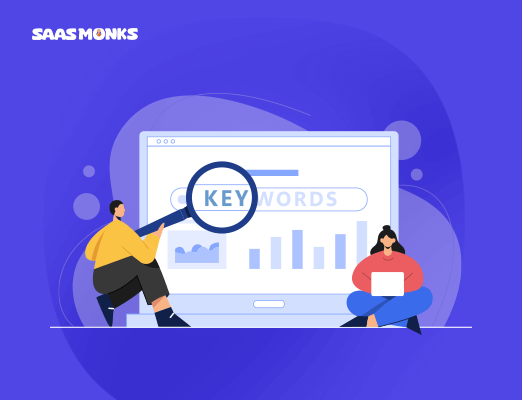
Keyword research is the cornerstone of any successful SEO strategy. Understanding what users are searching for and how they phrase their queries is fundamental before creating SEO content. This alignment with user intent is crucial for your content to be relevant and discoverable. Keyword research tools like:
- Google Keyword Planner
- Ahrefs
- SEMrush are invaluable for identifying target keywords and understanding search volume, competition, and keyword opportunities.
Conducting thorough keyword research helps identify low competition keywords that are easier to rank for, as well as relevant keywords that align with your audience’s needs and relevant searches. This proactive approach ensures that your content targets the right target keyword search terms, helping you achieve better keyword rankings and meet search engine goals effectively.
Remember, without proper keyword research, all the keywords you think are relevant might not actually drive organic search traffic or improve your website’s SEO, including new keywords.
How can optimizing on-page elements improve SEO ranking?
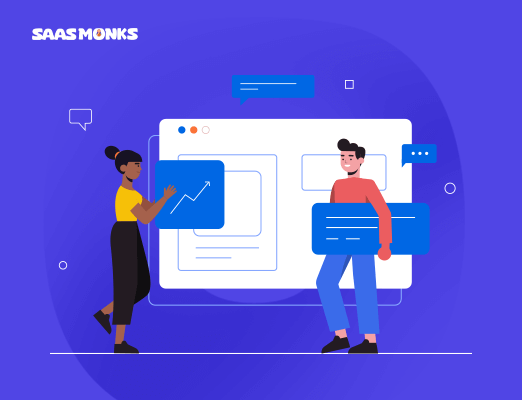
On-page SEO is critical for improving your search engine rankings and involves optimizing elements on your website to make it more search engine friendly. Here are some best practices:
- Page Titles and Meta Descriptions: Ensure each page has a unique title tag and meta description that accurately reflects the content and includes target keywords.
- Header Tags: Use a proper hierarchy of header tags (H1, H2, H3) to structure your content and make it easier for search engines to understand.
- Alt Tags for Images: Add descriptive alt text to images to improve accessibility and help search engines index your images.
- Internal Linking: Link to other pages within your site’s SEO to distribute link equity and improve crawl paths. Off page seo is also an important aspect to consider for overall optimization.
Optimizing these on-page elements enhances your website’s SEO performance, improves user experience, and increases the likelihood of achieving better SEO rankings. Remember, on-page SEO is a fundamental aspect of effective SEO strategies that should not be overlooked.
Why are unique page titles and meta descriptions crucial for SEO?
Unique page titles and meta descriptions are vital for SEO as they directly influence click-through rates (CTR) and how your search snippets appear on search engine results pages (SERPs). A well-crafted page title and meta description can entice users to click on your link over others, increasing your organic search traffic.
Here’s a comparison of good vs. bad titles/meta descriptions:
Good Title | Bad Title |
|---|---|
“Best SEO Strategies for 2025: A Comprehensive Guide” | “SEO Strategies” |
“How to Improve SEO Rankings with Keyword Research” | “Keyword Research” |
Good Meta Description | Bad Meta Description |
|---|---|
“Discover the top SEO strategies for 2025 and learn how to improve your rankings with our comprehensive guide.” | “Learn about SEO strategies.” |
Creating unique and compelling page titles and meta descriptions that include target keywords is crucial for on-page SEO. It not only helps in improving your site’s SEO but also enhances the overall user experience by providing clear and relevant information about your content.
How should you use header tags effectively for SEO?
Effectively using header tags and title tags is crucial for both search engine optimization and user readability. A correct structure involves having one H1 tag for the main title, multiple H2 tags for subheadings, and supporting H3 tags for further subdivisions. This hierarchical structure helps search engine crawlers understand the structure of your page and improves the user experience by making the content easier to navigate.
Best practices for using header tags include avoiding keyword stuffing and ensuring that the headers align with the search intent of your audience. Properly used header tags can significantly enhance your site’s SEO performance by providing clear and organized content that both search engines and users appreciate.
Why should you add image alt text to every image?
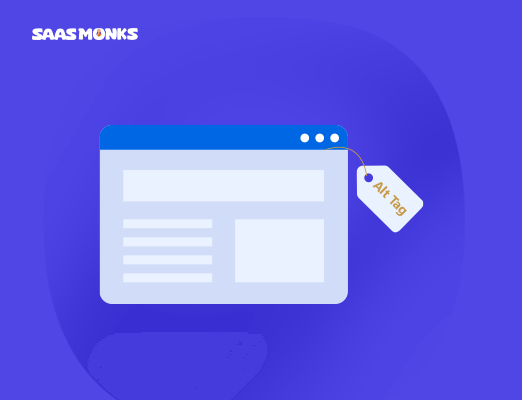
Adding image alt text to every image on your website is crucial for both accessibility and SEO. Alt text helps screen readers describe images to visually impaired users, improving the overall accessibility of your site. Additionally, search engines use alt text to understand the content of images, which can help your images rank in Google Images and improve your overall search engine optimization.
Best practices for adding alt text include being descriptive but concise, incorporating relevant keywords naturally, and avoiding keyword stuffing. By optimizing images with proper alt text, you enhance your site’s SEO and provide a better user experience for all visitors.
How does creating high-quality content improve SEO success?
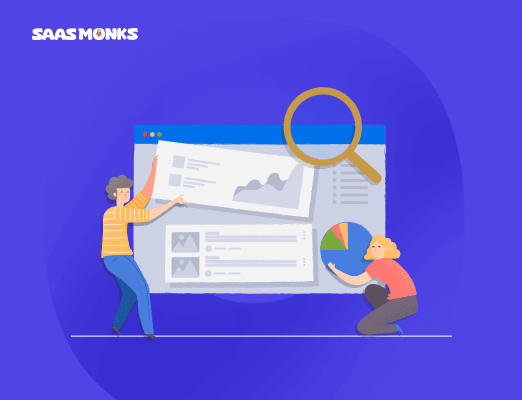
Creating high-quality content is one of the most effective SEO strategies for achieving search engine success. Google rewards content that is helpful, authoritative, and regularly updated. High-quality content attracts more visitors, encourages longer dwell times, and reduces bounce rates, all of which are positive signals to search engines.
Best practices for creating content include:
- Conducting thorough keyword research
- Understanding user intent
- Providing valuable information that solves problems or answers questions
- Incorporating multimedia elements like images, videos, and infographics to enhance the quality and engagement of your content.
Focusing on creating and maintaining high-quality website content significantly improves your website owners’ SEO performance and achieves higher search engine rankings.
Why should you focus on user intent when creating content?
Focusing on user intent when creating page content ensures that your content matches what users searching are actually looking for and meets their needs. Content that answers user questions quickly and effectively is more likely to rank higher in search result from search engine results.
Here’s a table mapping user intent to content types:
User Intent | Content Type |
|---|---|
Informational | Blog posts, how-to guides |
Navigational | Landing pages, product pages |
Transactional | E-commerce pages, product reviews |
By understanding and addressing user intent, you can create content that aligns with search engines’ goals and provides a better user experience, ultimately improving your search engine optimization efforts and driving more organic traffic.
How often should you update existing content to improve SEO?
Updating existing content regularly is essential for maintaining its relevance and improving SEO. Content freshness is a ranking factor that search engines consider when determining the quality and relevance of your content. Steps to keep your content fresh include conducting regular content audits, identifying outdated information, and updating evergreen content with the latest data and insights.
Using tools like Google Search Console can help you identify which content is declining in performance and needs updating. Keeping your content up-to-date ensures it continues to meet user intent and remains competitive in search engine rankings.
How can enhancing site structure boost SEO performance?
Enhancing your site structure is crucial for improving SEO performance. A well-structured site makes it easier for search engines to crawl and index your content, leading to better search engine rankings. Benefits of a well-structured site include improved user experience, better navigation, and higher engagement.
Internal linking strategies play a significant role in enhancing site structure. By linking to other relevant pages within your site, you can distribute link equity and improve crawl paths. Here’s a suggested visual for an ideal site hierarchy:
Home
│
├── Category 1
│ ├── Subcategory 1
│ │ └── Content Page
│ └── Subcategory 2
│ └── Content Page
└── Category 2
├── Subcategory 3
│ └── Content Page
└── Subcategory 4
└── Content Page
By following these strategies, you can boost your site’s authority and improve overall SEO performance.
What role do descriptive URLs play in SEO?
Descriptive URLs play a significant role in SEO by making it easier for search engines and users to understand the content of your pages. Short, keyword-rich, and descriptive URLs provide clear signals to search engines about the topic of your page and can improve your site ranking.
Here are examples of a good starting point for good and bad web page URLs:
Good URL | Bad URL |
|---|---|
Using clean and descriptive URLs enhances your website SEO and makes it easier for both search engines and users to navigate your site.
How can internal linking improve site SEO?
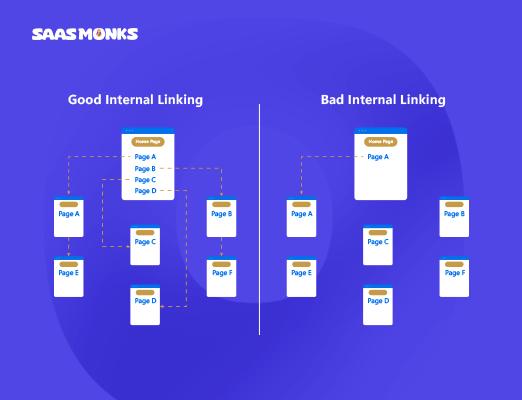
Internal linking is a powerful SEO strategy that helps distribute link equity across your site and improves crawl paths for search engines. By linking to other relevant pages within your site, you can guide users and search engines to important content, enhancing your site’s SEO performance.
Best practices for internal linking include using descriptive anchor text, linking to relevant multiple pages, and ensuring that your internal links are natural and add value to the corresponding pages user experience.
Strategic internal linking can improve your site’s SEO rankings and make it easier for search engines to index your content.
Why are high-quality backlinks still vital for SEO?
High-quality backlinks remain vital for SEO because they act as votes of confidence from other reputable sites. Search engines view these backlinks as indicators of your content’s authority and relevance. However, quality is more important than quantity when it comes to backlinks, which is why regular backlink analysis is essential to evaluate and maintain the strength of your link profile.
Tactics for building high-quality backlinks include:
- Creating valuable content that other websites want to link to
- Reaching out to reputable sites for guest posting opportunities
- Leveraging relationships with influencers in your industry.
By focusing on building quality backlinks, you can improve your site’s SEO rankings and enhance your overall SEO performance.
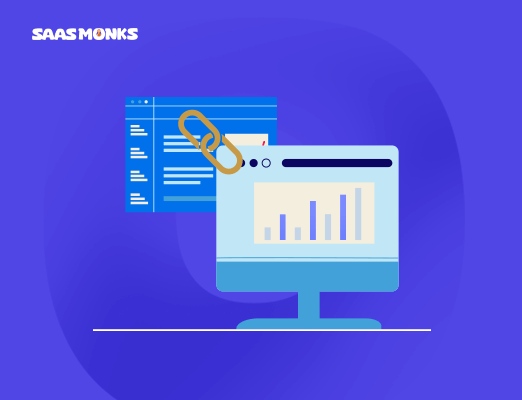
What is broken link building and why should you use it?
Broken link building is an effective SEO strategy that involves finding broken links on authoritative websites and suggesting your resource as a replacement. This approach not only helps you acquire quality backlinks but also assists webmasters in fixing broken links on their sites.
Tools like:
- Ahrefs
- SEMrush
- Broken Link Checker, can help you identify broken links and find link building opportunities. By using broken link building, you can increase the number of high-quality backlinks to your site and improve your overall SEO performance.
How can you create link-worthy assets that attract backlinks?
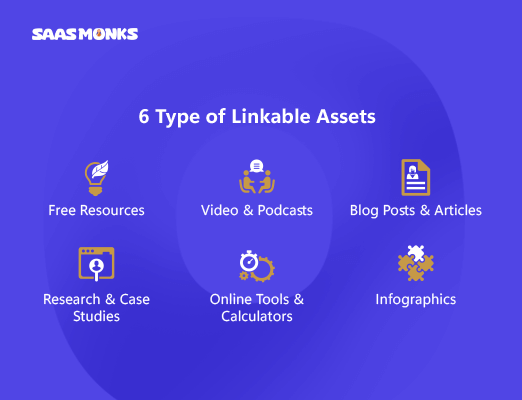
Creating link-worthy assets is a highly effective way to attract high-quality backlinks and boost your SEO rankings. Types of link-worthy assets include free tools, infographics, and original research. These assets provide valuable information or resources that other websites are likely to link to, thereby boosting your domain authority and organic traffic.
Best practices for creating linkable assets involve:
- Understanding your audience’s needs and preferences
- Producing high-quality and visually appealing content
- Promoting your assets through outreach and social media
By investing in content marketing and creating valuable linkable assets, content marketers can significantly enhance your link building efforts and overall SEO performance.
Why is mobile optimization and speed essential for SEO?
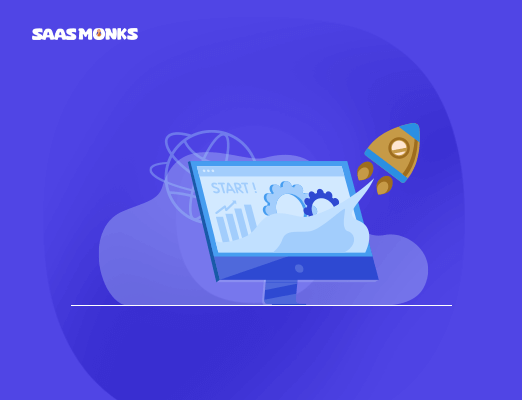
Mobile optimization and site speed are crucial factors in SEO due to Google’s mobile-first indexing, which prioritizes the mobile version of websites for indexing and ranking. Additionally, page load speed is a known ranking factor, as faster-loading pages provide a better user experience and reduce bounce rates.
Best practices for mobile optimization include using responsive design, optimize images for faster loading, and implementing browser caching. Tools like Google PageSpeed Insights can help you identify and fix issues that may be slowing down your site.
Making your site mobile-friendly and ensuring it loads quickly improves search engine rankings and user experience.
How can Google Search Console help improve SEO?
Google Search Console is an invaluable tool for improving your SEO efforts by providing insights into your site’s performance in search results and integrating with Google Analytics. It allows you to track impressions, click-through rates (CTR), and keyword positions, helping you understand how your content is performing using SEO tools and SERP features.
Additionally, Google Search Console can help you identify declining content, submit sitemaps, and fix crawl errors. Regularly monitoring and utilizing data from Google Search Console helps make informed decisions to enhance SEO strategies and achieve better search engine success.
What role does UX and engagement play in SEO rankings?
User experience (UX) and engagement are critical factors in determining SEO rankings. Google measures metrics such as dwell time, bounce rate, and navigation ease to assess how users interact with your site. A positive user experience indicates to search engines that your content is valuable and relevant, leading to higher search engine rankings.
Improving UX involves creating a clean and intuitive site design, ensuring fast load times, and providing relevant and engaging content. By focusing on user experience and engagement metrics, you can improve your site’s SEO performance and provide a better overall experience for your visitors.
How can optimizing for voice search and conversational queries boost SEO?
Optimizing for voice search and conversational queries is becoming increasingly important as voice assistants like Siri, Alexa, and Google Assistant dominate searches. Best practices for optimizing for voice search include using question-based keywords (e.g., “how,” “what,” “best”), writing in a conversational tone, and optimizing for featured snippets.
By targeting featured snippet opportunities and tailoring your content to match the natural language used in voice queries, you can find featured snippet opportunities and improve your chances of appearing in voice search results. This approach aligns with search engines’ goals of providing quick and relevant answers to users’ questions, ultimately boosting your SEO performance.
Why is AI-driven SEO and content optimization the future?
AI-driven SEO and content optimization represent the future of search engine optimization, allowing you to scale your SEO efforts smarter and more efficiently. Applications of AI in SEO include:
- Keyword clustering
- AI-driven SERP analysis
- Automated content briefs
- Predictive SEO for trend targeting.
Leveraging AI technologies provides deeper insights into search trends, optimizes content more effectively, and keeps you ahead of the competition. AI-powered tools can analyze vast amounts of data quickly, providing actionable insights that can significantly enhance your SEO strategies and improve your search engine rankings.
Final thoughts:-
Improving SEO in 2025 means mastering both the basics and emerging tactics. The first step to improving your SEO today is:
- Start with thorough keyword research.
- Focus on creating high-quality content that meets user intent.
- Leverage AI technologies.
- Enhance user experience.
- Implement effective technical SEO strategies to stay ahead of the competition.
Taking these initial steps and continuously refining your SEO efforts leads to better search engine rankings and more organic traffic. Remember, the journey to SEO success is ongoing, and staying updated with the latest trends and best practices is key to maintaining your competitive edge.
Summary
In summary, improving your SEO in 2025 requires a holistic approach that combines proven strategies with innovative techniques. From conducting keyword research and optimizing on-page elements to creating high-quality content and leveraging AI-driven SEO, each step is crucial for achieving search engine success.
Focusing on user intent, enhancing site structure, and building high-quality backlinks are essential components of an effective SEO strategy. Additionally, optimizing for mobile and voice search, as well as prioritizing user experience, can significantly boost your SEO performance.
By implementing these actionable tips and continuously refining your SEO efforts, you can stay ahead of the competition and achieve long-term success in the ever-evolving digital landscape. Start today by taking the first step towards improving your SEO and watch your search engine rankings soar.
FAQs
Why is keyword research important for SEO?
Keyword research is vital for connecting your content with what users are searching for, making it more relevant and easier to find. By understanding their intent, you can boost your visibility and attract the right audience!
How often should I update my existing content?
To keep your content relevant and boost SEO, make it a habit to regularly update your existing material. Periodic content audits can help you identify and refresh outdated information effectively.
What are best practices for creating high-quality content?
To create high-quality content, focus on thorough keyword research and understanding user intent while providing valuable information enhanced with multimedia elements. This approach will engage your audience and elevate your content’s effectiveness!
How can internal linking improve my site’s SEO?
Internal linking is essential for boosting your site’s SEO because it enhances navigation, distributes link equity, and directs users to valuable content. Embrace this strategy to elevate your site’s visibility and performance!
What role does AI play in the future of SEO?
AI will revolutionize SEO by enabling smarter optimizations, such as keyword clustering and predictive trend targeting, making your strategy more efficient and effective. Embrace these advancements to stay ahead in the digital landscape!

